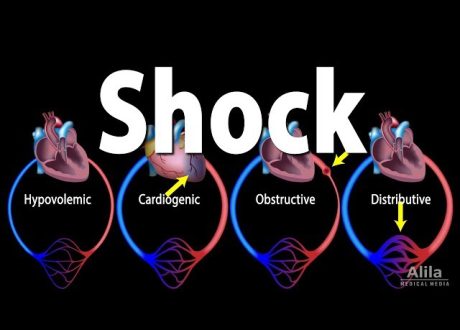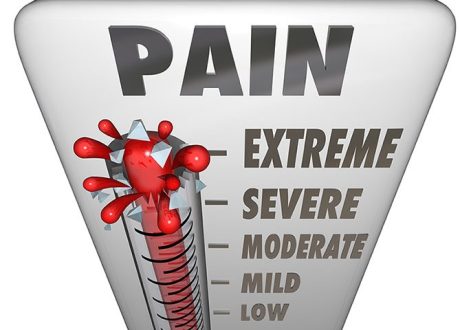Over the past several years, multiple randomized clinical trials (RCTs) and meta-analyses have examined important therapeutic options in the management of chronic low back pain (CLBP). These data have been supplemented by 2 recent systematic reviews examining both pharmacologic and nonpharmacologic treatments for CLBP.1,2
More than 10% of the population has CLBP, defined as back pain lasting more than 12 weeks. It is the sixth most costly condition in the US with an annual expenditure of more than $90 billion.3 Many interventions provided to patients lack level I or II evidence of benefit and rely instead on observational studies and consensus recommendations. Moreover, for many patients, the care model provides invasive and pharmacotherapeutic interventions but does not actively engage them in a coordinated behavioral and rehabilitative model shown to improve long-term outcomes.2
The following types of therapy have been studied for their ability to produce clinically meaningful benefit.
A 2017 review detailed 114 studies of noninvasive treatments for acute and chronic LBP.2 Small improvements were seen with mindfulness-based stress reduction and chiropractic manipulation. Moderate improvements were seen with core strengthening exercises, such as Pilates, tai chi and yoga, and acupuncture. Cognitive behavioral therapy (CBT) and patient education on pain management skills have shown clinically meaningful reductions in pain intensity and improved PROMIS (Patient-Reported Outcomes Measurement Information System) scales. Combining these exercise regimens and behavioral approaches through a comprehensive multidisciplinary rehabilitation model has also shown significant improvements in long-term pain intensity, improved function, and a greater likelihood of returning to work compared with nonmultidisciplinary rehabilitation.2
Nonsteroidal anti-inflammatory drugs have consistently shown small to modest benefit in CLBP, with smaller benefits in chronic radicular pain. The serotonin-norepinephrine reuptake inhibitor duloxetine has shown small improvements in pain and function in CLBP.
The Spine Pain Outcomes Research Trial (SPORT)4 was a large RCT of nonsurgical care vs lumbar decompression surgery for lumbar spinal stenosis, and decompression with or without fusion for degenerative spondylolisthesis. Both the spinal stenosis and spondylolisthesis trial arms showed significant improvements in pain, disability, and function for up to 4 years following surgery, at which point surgical improvements began to decline toward the nonsurgical group.
Apart from the previously described therapies, many pharmacological and invasive procedures lack sufficient evidence of effectiveness (summarized in the Table1,4–10). Areas of particular overuse with poor supporting data include the use of gabapentinoids and opioids, epidural steroid injection (ESI), vertebroplasty, and spinal cord stimulators. An additional issue is the overuse of lumbar fusion when routinely added to decompression among patients with degenerative spondylolisthesis at 1 or 2 adjacent spinal levels in the absence of significant instability. A 2020 meta-analysis of 6 RCTs including 650 patients compared these 2 approaches.7 There were no statistically significant differences in any outcome, including the visual analog scale score for LBP or leg pain, Oswestry Disability Index, or multiple quality-of-life indices. A more recent RCT of microdecompression vs decompression plus fusion in 570 patients showed no statistically significant benefit of fusion.8 These studies are important because the rate of lumbar fusion in the Medicare population increased 15-fold between 2002 and 2007 and continues to rise. Every year, 1.2 million lumbar fusions are performed, at an average commercial health plan cost of $60 000 to $110 000.3
Most studies have been of short to intermediate duration. Many studies are subject to bias by small sample sizes, methodological limitations, industry funding, and study heterogeneity. Additionally, many comparative efficacy trials did not use a placebo or sham design, rendering the results difficult to interpret owing to the large placebo response seen in studies of patients with chronic pain.
When examined in total, evidence suggests that many of the therapies commonly used to treat CLBP lack a strong evidence base of support. The routine use of these approaches should be questioned. This is most relevant when the intervention is associated with the potential for substantial harm, such as the use of gabapentinoids and opioids in CLBP and the routine addition of fusion to lumbar decompression in degenerative spondylolisthesis.
Treatment modalities may be considered passive, such as ESI and pharmacotherapies, vs active, such as CBT, core strengthening exercise programs, and multidisciplinary rehabilitation. Overall, the evidence supports active modalities, yet the majority of patients with CLBP have not had a robust trial of these interventions to treat their pain. This underscores the need to improve patient engagement and education, along with shared decision-making, to maximize clinical improvements. Patients need to be educated that these interventions can be successful but often require 3 to 6 months to be maximally effective. When patients understand the real-world outcomes associated with active therapies compared with invasive management, they choose active therapies more frequently.
Importantly, physician reimbursement and long-term patient outcomes are often not aligned. Many highly reimbursed modalities (eg, ESI, lumbar fusion, spinal cord stimulator implantation, vertebroplasty) lack robust evidence of improved outcomes. In contrast, many active interventions that have proved to be effective, safe, and inexpensive (eg, multidisciplinary rehabilitation, CBT, yoga, Pilates) may have out-of-pocket costs that deter utilization. For example, fee-for-service reimbursement has transformed physiatry and pain management specialties to be highly procedure oriented.
Sophisticated care coordination with care navigation is paramount in the management of CLBP but typically unavailable to most patients with CLBP. This coordination responsibility typically falls to the primary care clinician, who is often overburdened and lacking needed resources and infrastructure. Value-based insurance can provide a revenue stream to support multidisciplinary rehabilitation and care navigation, therefore helping to transition to a new model of care for CLBP, particularly when the health care organization is at risk for the cost of care of these patients. Increasing our use of evidence-based therapies can improve long-term patient outcomes while reducing the total cost of care for patients with CLBP.










